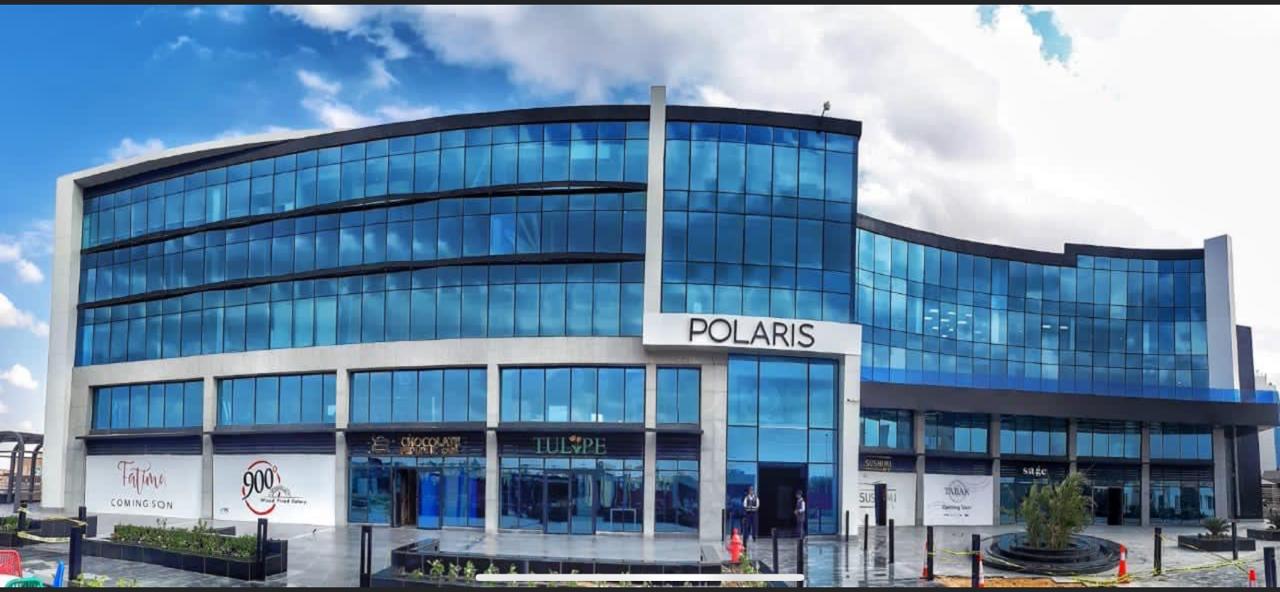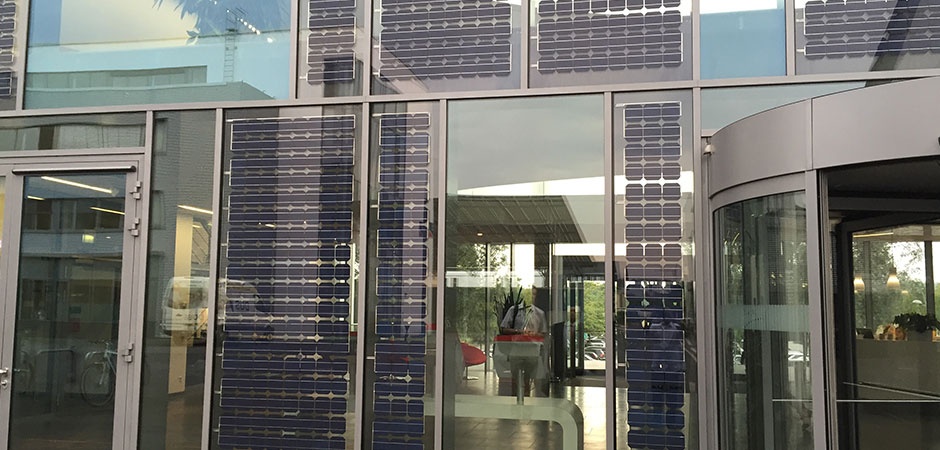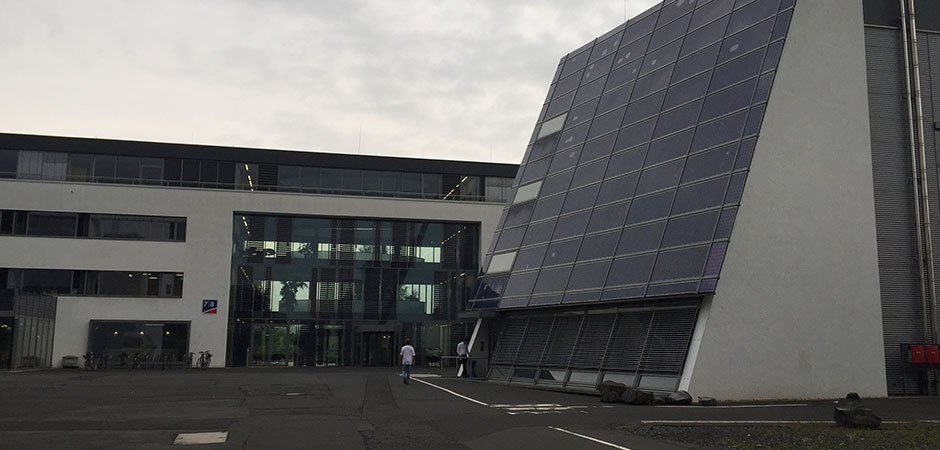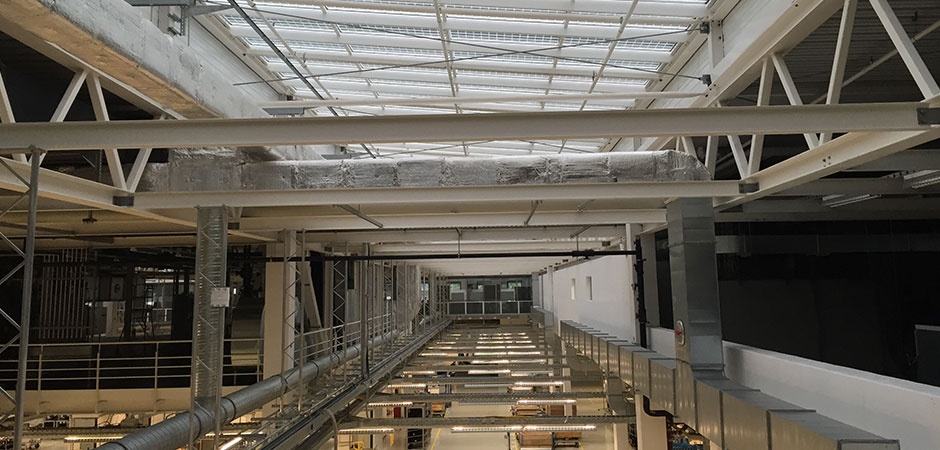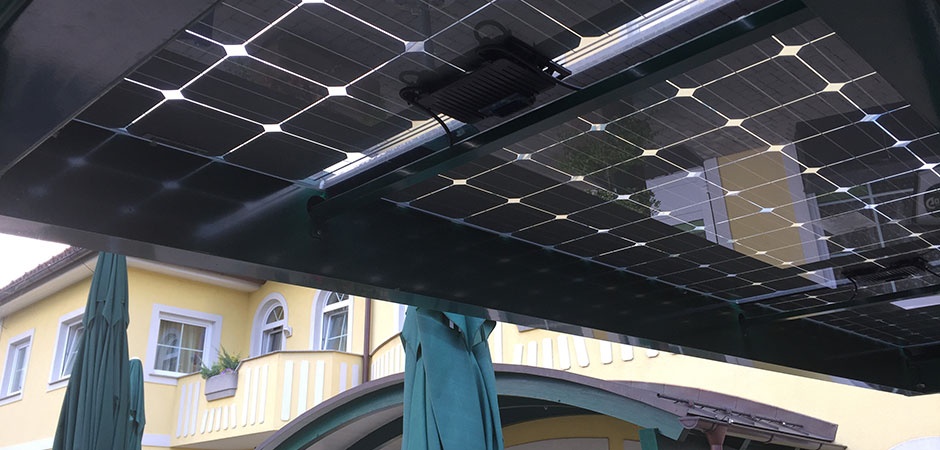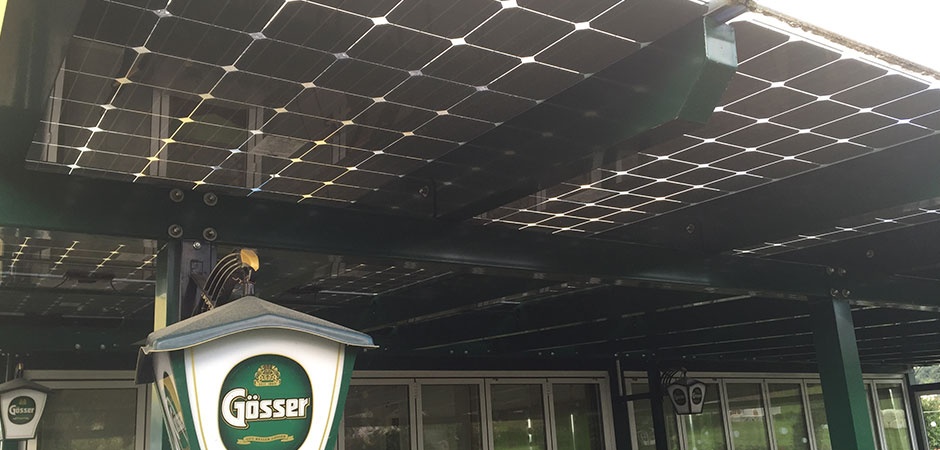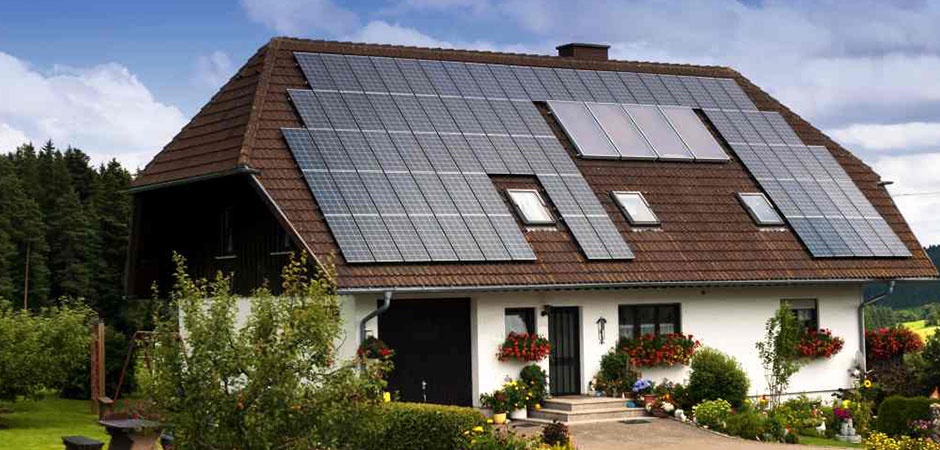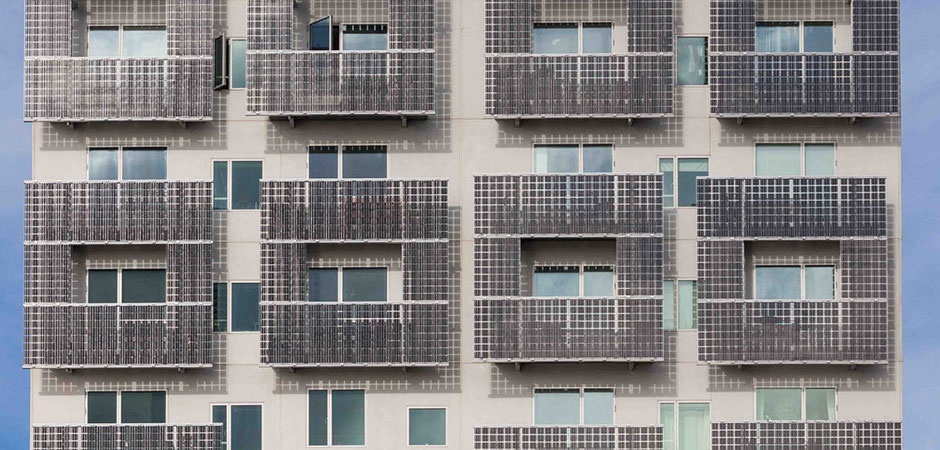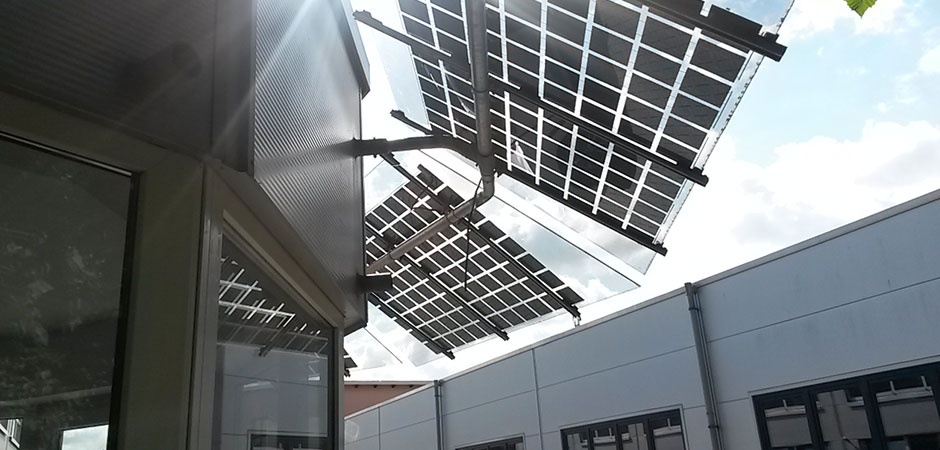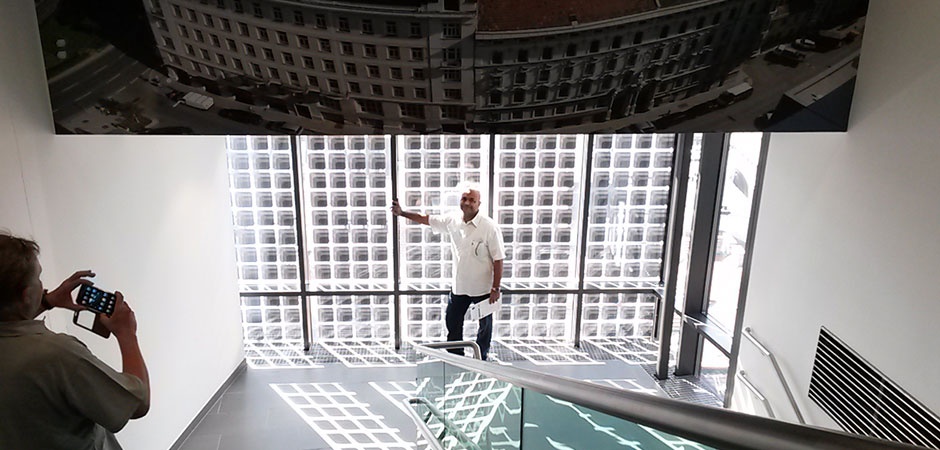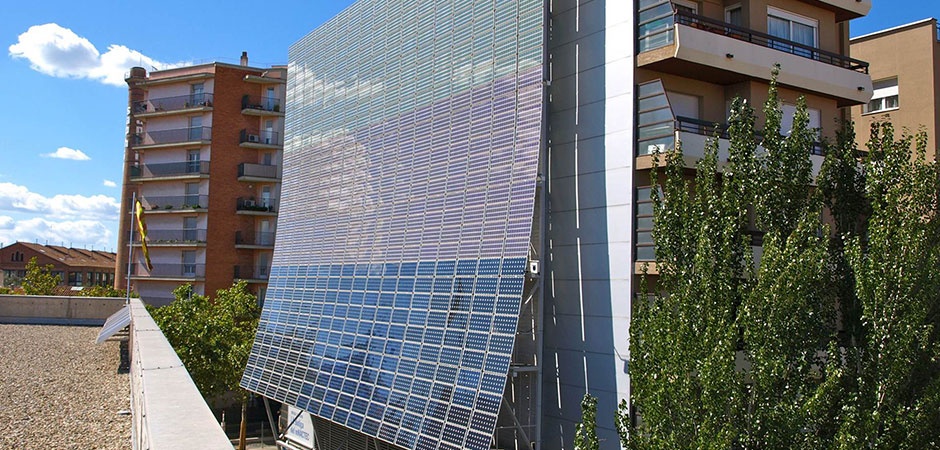BIPV is the most visually appealing form of renewable energy. It creates living spaces while at the same time protecting our climate.
We at Summit, help clients recognize the advantages and potential of building integrated photovoltaic (BIPV) technology by applying them to meet their specific project requirements.
his involves combining our architectural, engineering design, and economic considerations with the context of the building’s total energy consumption consideration.
We are your ideal partner to plan, design and construct the innovative solar energy solutions for your building envelope.
BIPV is a custom made photovoltaic which not only generates energy , they also create a unique atmosphere.
Summit’s professional engineers pay particular attention to the planning processes and the allocation of responsibilities before and beyond project completion. At Summit we precisely define and determine the services we provide at each stage.
PV integration offers many opportunities for visual enhancement. By combining aesthetics and additional functions, Building-Integrated PV (BIPV) is unique and differentiates itself from Building-Added PV (BAPV), where the PV module is added after the whole building is finished.
In addition to converting solar energy into electricity, BIPV can perform multiple functions, such as weather, heat, sun and noise protection of a building guarantee attractive façades and roof designs deliver energy efficiency as part of a low-carbon architectural approach.
Summit engineers give special consideration in providing clients with BIPV solutions that are aesthetically pleasing.
We, at Summit, precisely control these parameters to provide our clients with innovative and aesthetic solutions.
When designing your BIPV system, we put into consideration the environmental variables such as orientation and angle of inclination of solar radiation, low-light performance and spectral sensitivity, shading and temperature.
Summit engineering services provide our clients with comprehensive conceptual, architectural and electrical designs to help them reach a final decision on their BIPV projects.
BIPV is expected to become the fastest growing PV market segment in the MENA region.
In addition to strong energy efficiency measures, buildings should generate power to compensate power consumption of its appliances, where PV is virtually the only possible option.
BIPV is expected to play a crucial role in realizing these objectives, and will thus evolve from a niche into a high-volume market.
